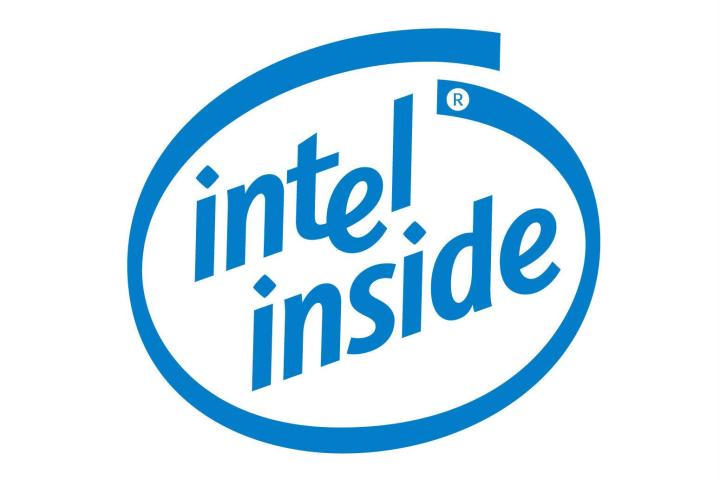
From a bird’s-eye view, the platform accomplishes largely the same goals as Bay Trail. It’s designed for notebooks and tablets that run either Windows or, in some cases, Android. While a variety of core configurations will be available, the highlight will be the quad-core system-on-chips (SoCs), which provide strong performance in many situations, but are also very efficient.
The production process will be updated to Intel’s latest 14nm fabrication, however, the same used to build fifth-gen Core processors. Moving to a new process always results in greater power efficiency, a trait Cherry Trail will use to squeeze more endurance from current batteries.

Cherry Trail will also have an updated graphics chip based on technology in Intel’s fifth-generation Core processors. Current speculation suggests, in addition to an updated architecture, the graphics solution will have four times as many execution units. If correct, this would provide a huge leap in performance over the Bay Trail’s rather anemic graphics.
Intel remains tight-lipped about the specifics of clock speeds, core counts, execution units and other details at CES 2015, but the company has revealed Cherry Trail will support RealSense, its heavily promoted 3D camera. Devices using the chip will also have access to Intel’s XMM 726x wireless LTE modem, which may make mobile connectivity in inexpensive 2-in-1s and notebooks more prevalent than it has been in the past.
The first products based on Cherry Trail should be arriving in first half of 2015. With that said, we so far haven’t seen any product at the show boasting this latest system-on-a-chip, so we bet the release will be mid-summer rather than early spring.


